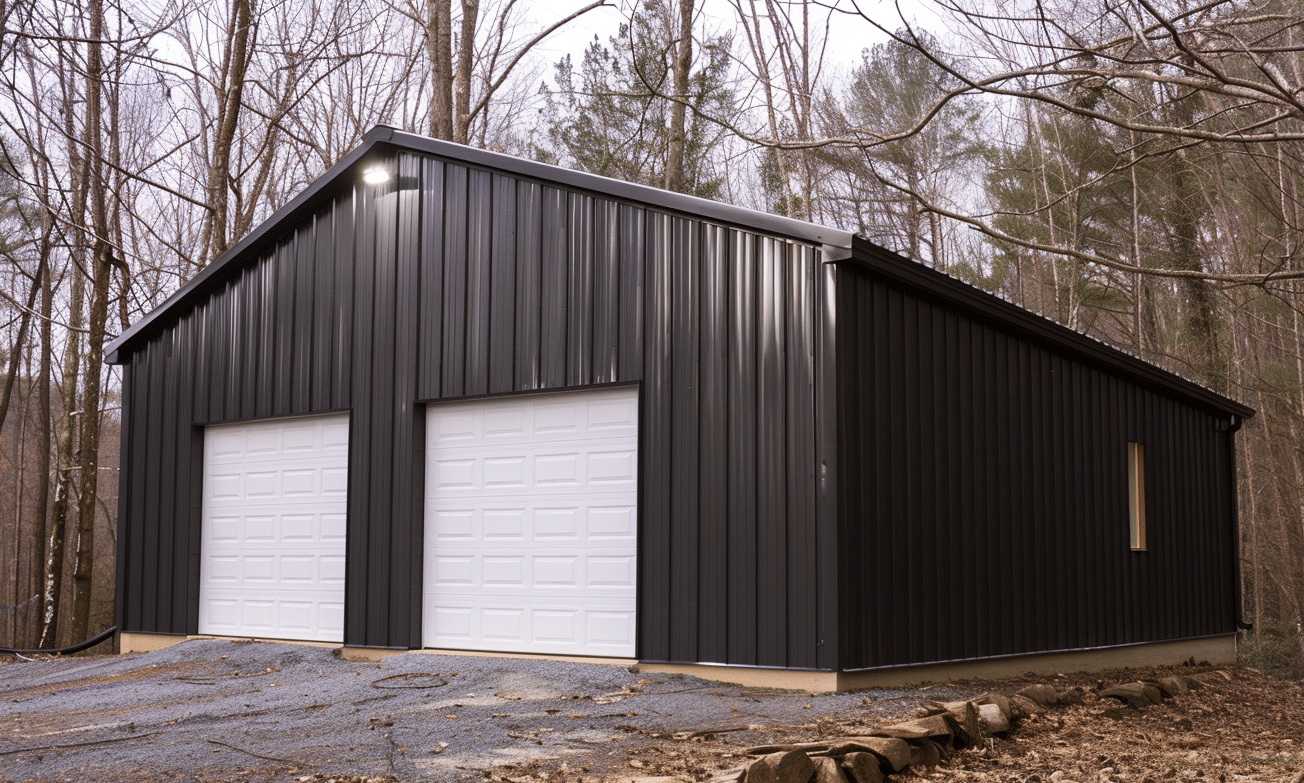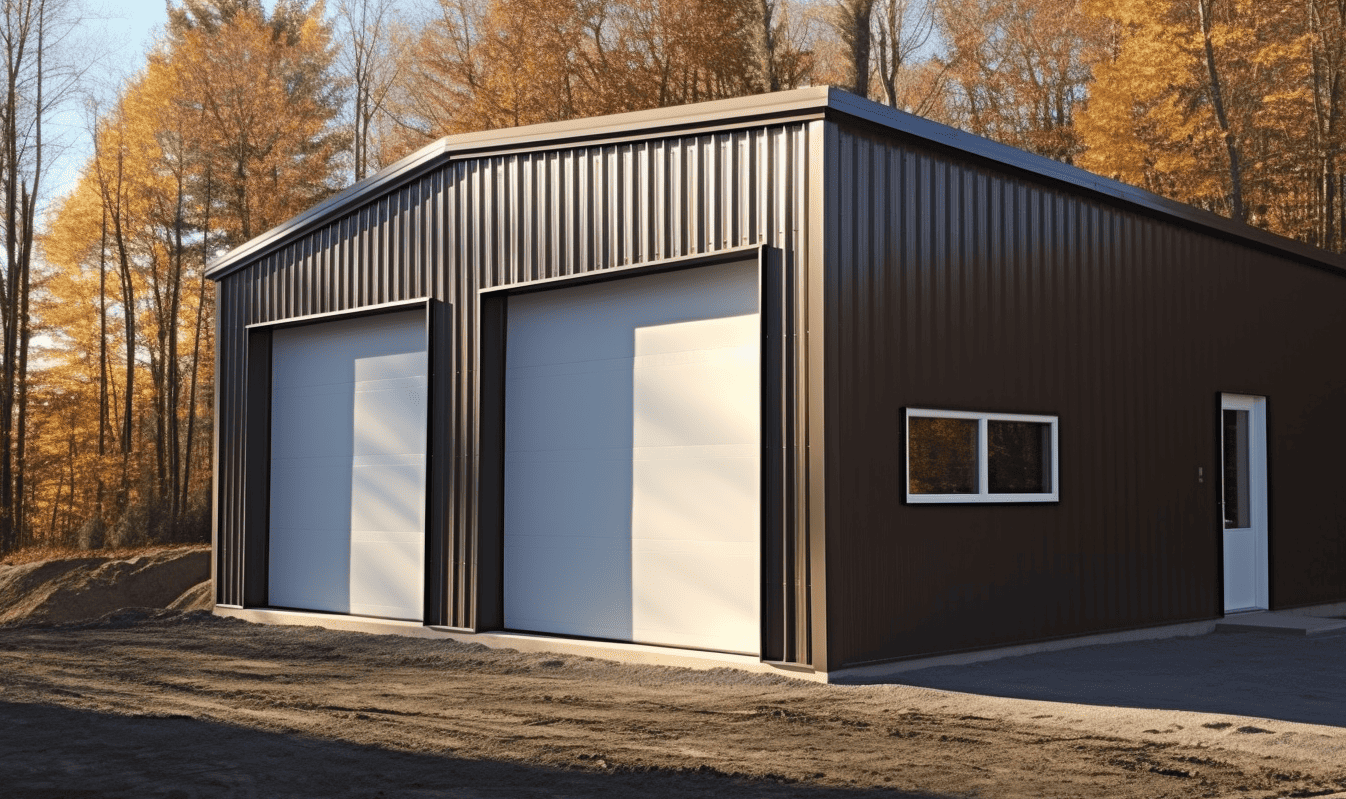Enduring the chilling Canadian winters can be quite the test for homeowners and DIY enthusiasts. If you’ve ever retreated to your garage only to be met with a frigid wave of cold air, you know the importance of heating solutions. Not only do heated garages improve comfort, but they also protect your vehicles and tools from the debilitating effects of sub-zero temperatures. Let’s explore some popular and effective garage heating options to keep your workspace snug throughout those harsh winter months.
—
##
Different Types of Garage Heating Options
There are several types of heating systems suitable for garages, each with distinctive advantages that cater to various needs and preferences. Below, we’ll delve into the most impactful and widely used options to help you make an informed choice.
###
Electric Heaters
Electric heaters are perhaps one of the most straightforward and affordable solutions for heating your garage. These heaters come in several forms, from portable space heaters to wall-mounted panel heaters. Simply plug them in, and they’re ready to use.
**Pros:**
– Easy to install and use.
– No need for venting.
– Portable options available.
**Cons:**
– Higher electricity consumption.
– May not provide adequate warmth for larger spaces.
###
Natural Gas Heaters
Natural gas heaters are a robust option for larger garages or workshop spaces. They connect to your home’s natural gas line and provide consistent and energy-efficient heat output.
**Pros:**
– Cost-effective heating over the long term.
– Efficient for larger spaces.
– Quick heating capabilities.
**Cons:**
– Requires professional installation.
– Necessitates proper venting.
###
Propane Heaters
Propane heaters serve as an effective middle ground between the portability of electric heaters and the high efficiency of natural gas heaters. They’re powered by propane gas cylinders, making them versatile and powerful.
**Pros:**
– Portable and highly effective.
– Ideal for spaces without a natural gas line.
– Rapid heating capabilities.
**Cons:**
– Propane refills can be cumbersome.
– Requires proper ventilation to avoid fumes.
###
Infrared Heaters
Infrared heaters are a unique option that emits radiant heat, much like the warmth from the sun. They are especially good for spot heating specific areas within the garage.
**Pros:**
– Direct heating to specific areas.
– Energy-efficient.
– Silent operation.
**Cons:**
– Limited to heating objects and people directly in front of them.
– Can be expensive to purchase.
—
##
Insulation and Sealing: Maximizing Your Heating Efficiency
Heating your garage becomes substantially more effective with proper insulation and sealing. Heat loss through walls, ceilings, and garage doors can render even the most powerful heater insufficient.
###
Insulating Garage Walls and Ceilings
Using fiberglass batts, rigid foam boards, or spray foam insulation can dramatically reduce heat loss. Consider the R-value—a measure of thermal resistance—when selecting insulation materials. The higher the R-value, the better the material’s effectiveness.
###
Seal Those Cracks and Gaps
Caulking or weatherstripping around windows, doors, and other openings can prevent drafts. Even small cracks can translate into significant heat loss. Consider upgrading your garage door to an insulated model for added efficiency.
—
##
Determining the Right Heater Size
Choosing the right size heater for your garage is crucial. An undersized unit will struggle to maintain a comfortable temperature, while an oversized one may lead to wasted energy. Start by calculating your garage’s square footage and then consult heater specifications to find a suitable match.
**Calculation Example:**
For a 12×20 garage package, you’ll need a heater capable of warming a 240-square-foot area. Make sure to factor in your typical winter temperatures and desired indoor temperature.
—
##
Additional Comfort Enhancements
Alongside heating, consider implementing garage shelving and storage solutions. By organizing your tools and materials efficiently, you can create a safer, more efficient workspace.

**Additional Tips:**
– **Insulated Garage Doors:** These doors offer superior thermal efficiency compared to standard models.
– **Floor Mats:** Installing thermal floor mats can reduce cold transfer from the concrete floor, adding an extra layer of comfort.
– **Smart Thermostats:** Equip your heating system with a smart thermostat to monitor and adjust the temperature remotely.
For more on maintaining your garage and adding organizational solutions, visit our detailed garage shelving and storage guide.
—
##
Popular Garage Heating Options and Reviews
Sometimes, personal recommendations and expert reviews can substantially help in making a decision. For ideas and reviews from seasoned experts, you might want to check out resources such as This Old House which often reviews and compares various heating solutions tailored for residential use.
—
##
Concluding Thoughts
Keeping your garage warm during the Canadian winter is not just about comfort; it’s about efficiency and protection. By considering the various garage heating options available and complementing them with adequate insulation and sealing, you can create a cozy sanctuary in your garage. Whether you opt for electric, natural gas, propane, or infrared heaters, ensure you match the heater to your space’s specific requirements.
For further guidance on garage construction and design, explore our comprehensive articles and guides here. And if you’re planning a new garage build or a significant upgrade, consider our well-curated 12×20 garage package.
Stay warm, stay productive, and make the most of your garage all year round.
—
By taking these steps, you’ll not only protect your equipment and vehicles but also create a warm and welcoming environment for all your winter projects. So, choose the right heating option and insulation techniques, and enjoy the warmth!










